The crumbling stone architectures and enigmatic histories of ancient ruins have always gripped the human mind. Whether it be the towering columns of the Temple of Olympian Zeus in Greece or the grand pyramids of Egypt, these relics often leave us questioning their construction, their creators, and the possibly hidden secrets within them. However, some of these ancient ruins extend beyond the usual curiosities, containing enigmatic and concealed mysteries that are yet to be entirely deciphered.
Here are 25 ancient ruins with hidden and unusual secrets
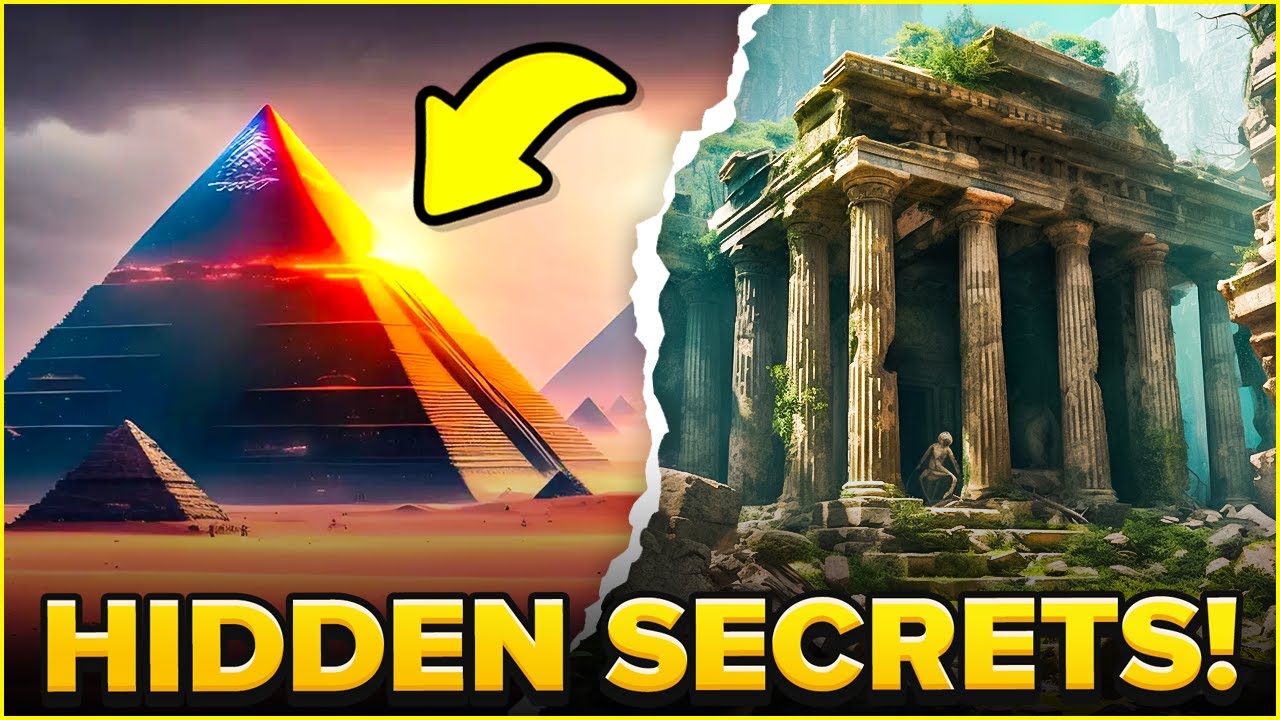
The Temple of Olympian Zeus, Greece
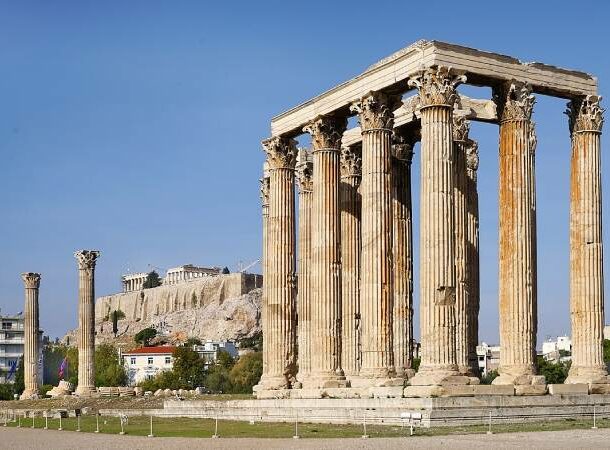
The Temple of Olympian Zeus, also known as the Olympieion, was a massive temple in ancient Greece dedicated to Zeus, the king of the gods in Greek mythology. It was one of the largest temples in the ancient world. Unfortunately, much of the temple was destroyed over time and many of its original features have been lost to history. Some historians believe that the temple may have contained a statue of Zeus made of gold and ivory, while others think that it may have contained a secret chamber or underground passage. However, these theories are purely speculative and there is no concrete evidence to support them.
Puma Punku, Bolivia
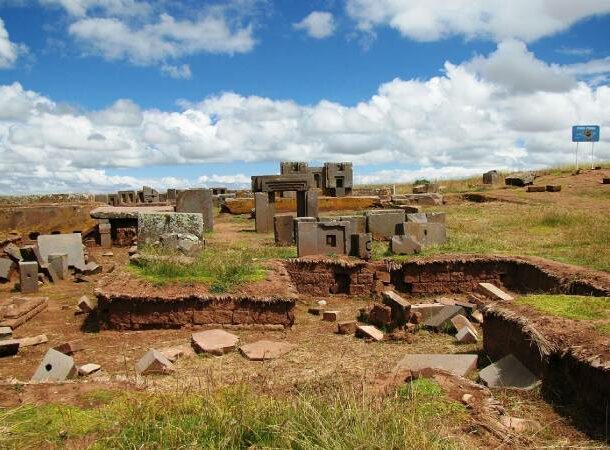
Puma Punku is a set of ruins located in Bolivia, South America, and is part of the larger archaeological site of Tiahuanaco. It is believed to have been built around 600 AD by an ancient civilization, possibly the Tiwanaku culture. The site is known for its precise stone architecture and intricate carvings, which have led some people to speculate about the possibility of advanced ancient technology or even extraterrestrial involvement in its construction.
The Tulum, Mexico
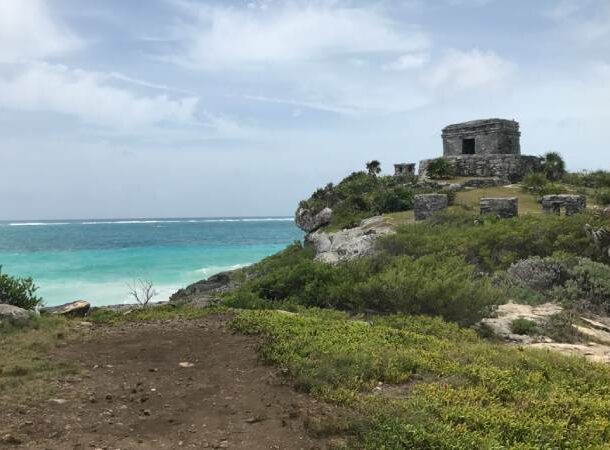
Tulum is an ancient Mayan city located on the Caribbean coast of Mexico. The city was built in the Late Postclassic period of the Mayan civilization and was an important coastal trade and religious center. Tulum is famous for its well-preserved coastal fortifications and its beautiful location overlooking the Caribbean Sea.
Tulum was a major port and trading center, but how the city was governed and how the different architectural styles and religious practices coexisted remains a hidden secret.
The Angkor Wat, Cambodia
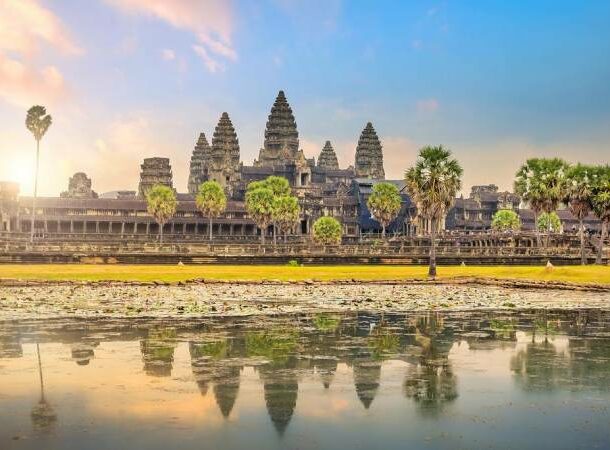
Angkor Wat is an ancient temple complex located in Cambodia. It was built in the 12th century CE and is the largest religious monument in the world. It was originally built as a Hindu temple dedicated to the god Vishnu and later converted to a Buddhist temple.
The temple is known for its intricate carvings and detailed bas-reliefs that cover its walls, depicting stories from Hindu mythology. For unknown reasons, the temple complex was abandoned in the 15th century and was overgrown by the jungle for centuries, before being rediscovered in the 19th century.
The Anuradhapura, Sri Lanka
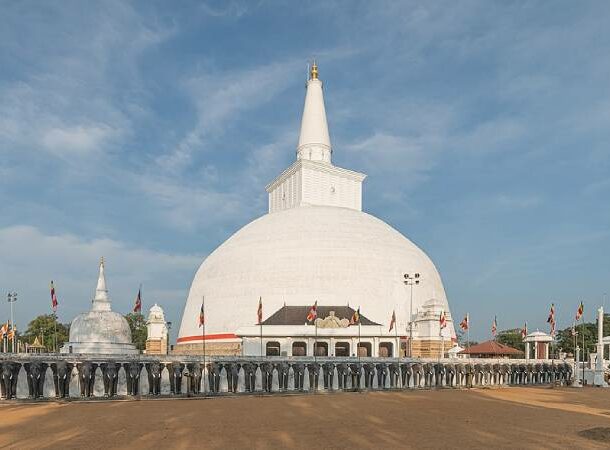
Anuradhapura is an ancient city located in Sri Lanka that was an important religious, political, and economic center of the Sinhalese civilization. It was the capital of Sri Lanka for over 1,300 years and was a major center of Buddhism during this time.
The city was abandoned in the 12th century CE, and many of its monuments were left to the elements and were gradually overgrown by the jungle.
The Mayan city of Tikal, Guatemala
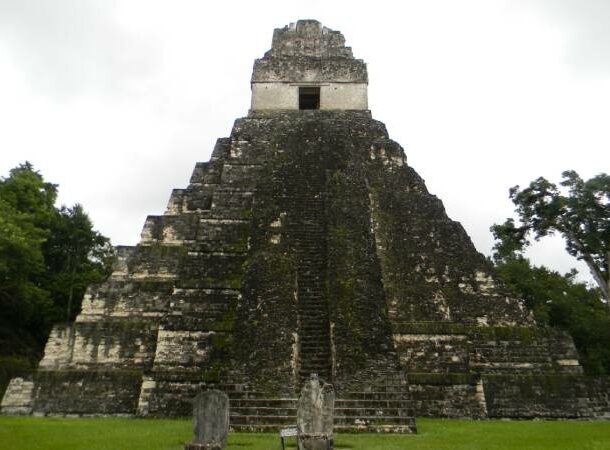
The Mayan city of Tikal is an ancient Mayan city located in the rainforests of Guatemala. It was one of the most important and powerful cities of the Mayan civilization and was a major center of politics, religion, and trade.
Tikal was abandoned in the 10th century CE and was lost to history for centuries. The ruins of this ancient city were not discovered until 1848.
The City of Pompeii, Italy
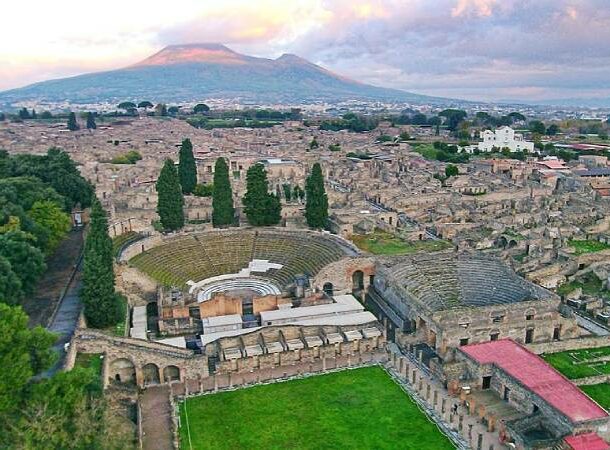
The City of Pompeii is an ancient Roman city located in southern Italy, which was buried by ash and pumice during the eruption of Mount Vesuvius in 79 CE. The city was preserved for centuries and provides an unparalleled insight into the daily life of a Roman city.
Pompeii was a center of entertainment, with many theaters and public baths. Since the city was rediscovered in the 18th century, excavations have revealed many of its hidden secrets, including frescoes, mosaics, and sculptures, but many mysteries of the city remain buried.
Nan Madol, Micronesia
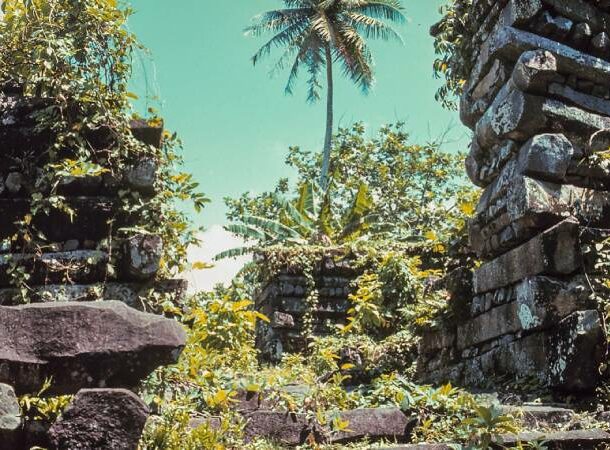
Nan Madol is an ancient archaeological site located on the island of Pohnpei in the Federated States of Micronesia, in the Pacific Ocean. The site is a complex of artificial islands built using massive stone blocks and is believed to have been constructed between the 12th and 13th centuries AD.
Archaeologists believe that the construction of Nan Madol required a high degree of organization and engineering skills, as well as a large labor force. The stones used in the construction were quarried from a distant island, then transported to the construction site, and finally placed with precision without the use of mortar. How did they achieve that?
The Temple of the Inscriptions, Mexico
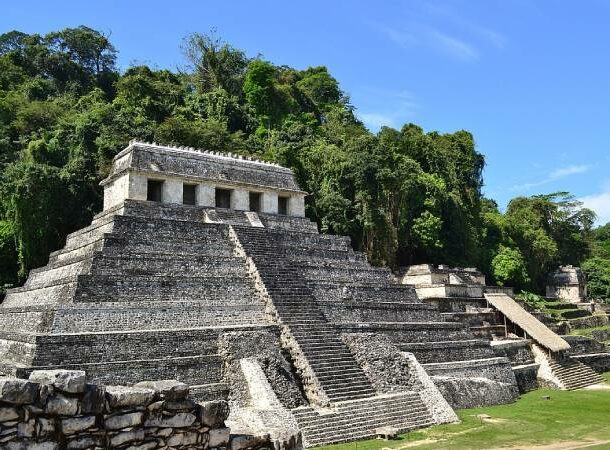
The Temple of the Inscriptions is a Mayan temple located in the ancient city of Palenque, Mexico. It was built around 600 CE and is known for its elaborate decoration, including carvings and inscriptions that provide insight into the mysterious history and culture of the ancient Mayans.
The temple also contains symbols that remain undeciphered, and some of the inscriptions are yet to be fully translated, providing more secrets to be unlocked.
The Temple of Karnak, Egypt
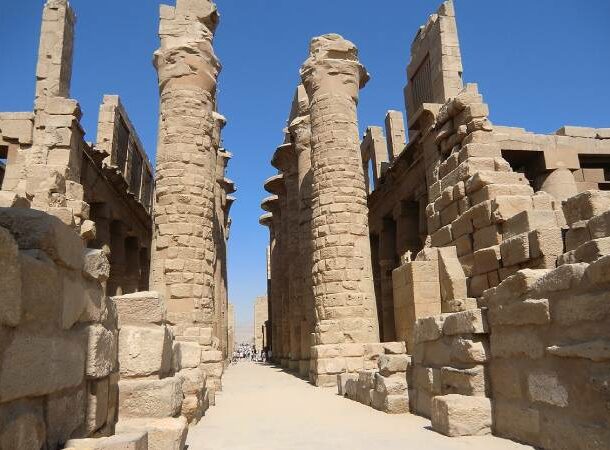
The Temple of Karnak is an ancient temple complex in the city of Luxor, Egypt. It was built over 2000 years, from the Middle Kingdom to the Ptolemaic period, and was dedicated to the god Amun. This temple complex is one of the most visited and most impressive ancient sites in Egypt.
Karnak was originally built as a small shrine and was expanded over centuries to become one of the largest temple complexes in ancient Egypt. It is also believed that the temple was not only a religious center but also a political center, and it was the residence of the high priests of Amun and the site of important ceremonies and rituals.
The Temple of the Sun, Peru
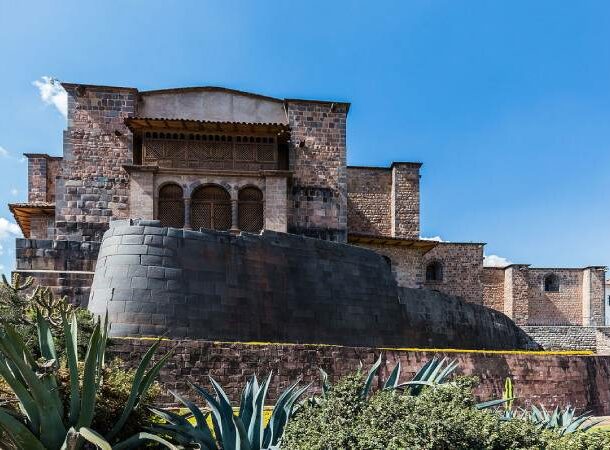
The Temple of the Sun, also known as the Coricancha, was an important Inca temple in the city of Cusco, Peru. The temple was dedicated to the worship of the sun god Inti and was considered one of the most important religious and political centers of the Inca Empire.
The temple was destroyed by the Spanish conquistadors in the 16th century, but some of the original Inca stonework can still be seen in the foundations of the church of Santo Domingo, which was built on the site of the temple.
The temple also held mummies of deceased Inca emperors, which were removed by the Spanish and now are lost.
The Temple of Artemis, Turkey
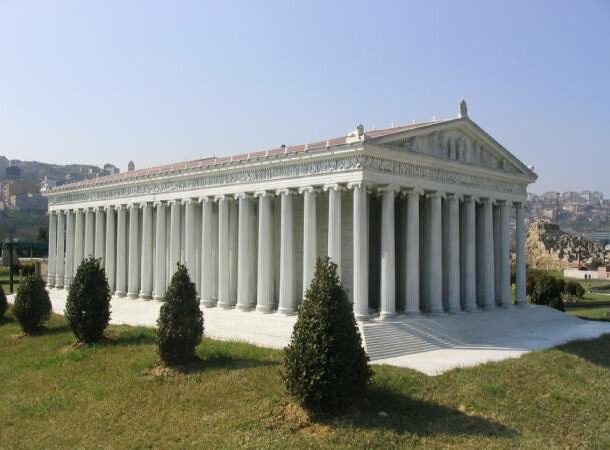
The Temple of Artemis, also known as the Temple of Diana, was one of the Seven Wonders of the Ancient World and was in the city of Ephesus in modern-day Turkey. The temple was built in honor of the goddess Artemis and was considered one of the most impressive architectural achievements of the ancient world.
The original temple was built in the 6th century BCE, but it was destroyed and rebuilt several times over the centuries. The temple was eventually destroyed by the Goths in the 3rd century CE and little remains of the original structure. The only visible remains of the temple are a few foundation stones and a single column.
Göbekli Tepe, Turkey
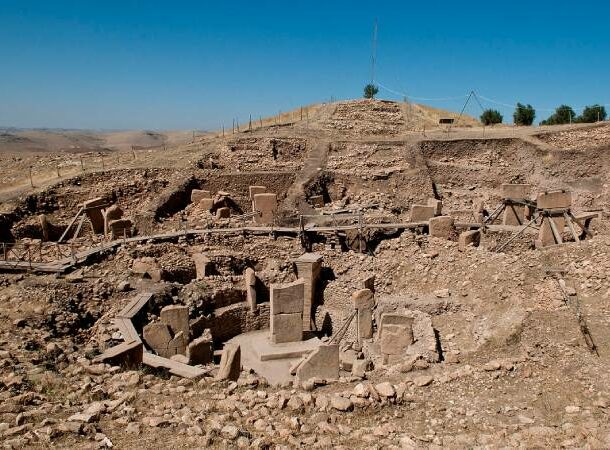
Göbekli Tepe is an ancient archaeological site located in the southeastern region of Turkey. The site features a series of megalithic structures and stone circles that were built around 11,000 years ago, during the Pre-Pottery Neolithic period. This makes Göbekli Tepe one of the oldest known human-made religious structures in the world. The site was discovered in the 1960s by Turkish archaeologist Klaus Schmidt, who led excavations there until he died in 2014.
Archaeologists believe that Göbekli Tepe was a sacred site used for religious rituals, possibly related to ancestor worship or the worship of sky gods. The fact that such an early civilization was able to construct such monumental architecture is a significant discovery and challenges earlier theories of human development.
The Yonaguni Monument, Japan
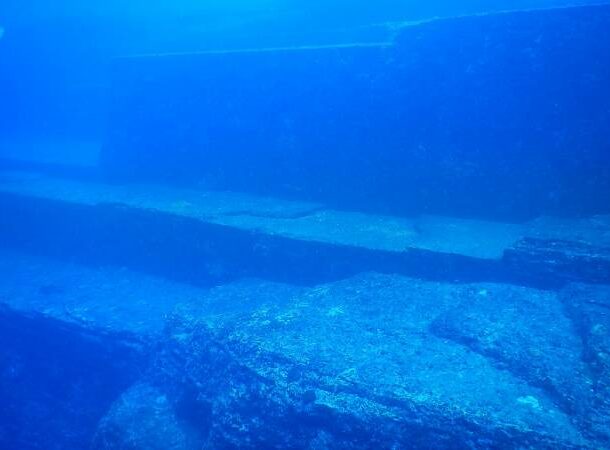
The Yonaguni Monument is a submerged rock formation located off the coast of the Japanese island of Yonaguni. It is believed to have been created by natural processes, such as erosion and tectonic uplift, but some researchers have proposed that it is an ancient man-made structure.
One of the main mysteries surrounding the Yonaguni Monument is its origin. Some researchers have suggested that it is a natural formation created by erosion and tectonic uplift, while others have proposed that it is an ancient man-made structure, possibly a lost city or a temple. However, there is no concrete evidence to support the theory that the monument is man-made.
The Great Wall of China
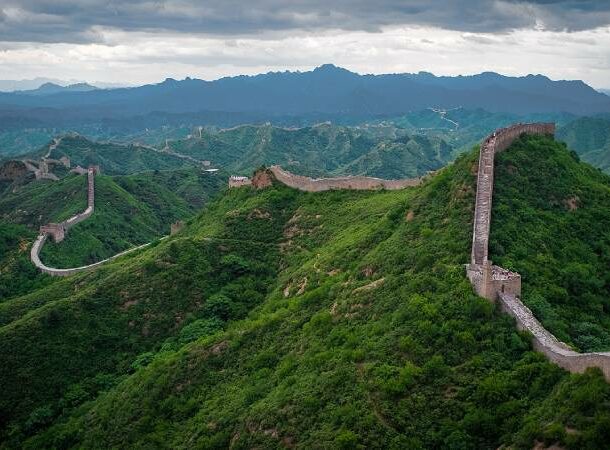
The Great Wall of China is a series of fortifications built along the historical northern borders of China to protect against invasions from nomadic groups. It was built over centuries, with the earliest sections dating back to the 7th century BCE. It is considered one of the greatest engineering feats in human history.
Despite what many people think, the Great Wall is not a single continuous wall, but rather a series of walls and fortifications built by different Chinese dynasties over time. It was built, expanded, and rebuilt many times over centuries
Chichén Itzá, Mexico
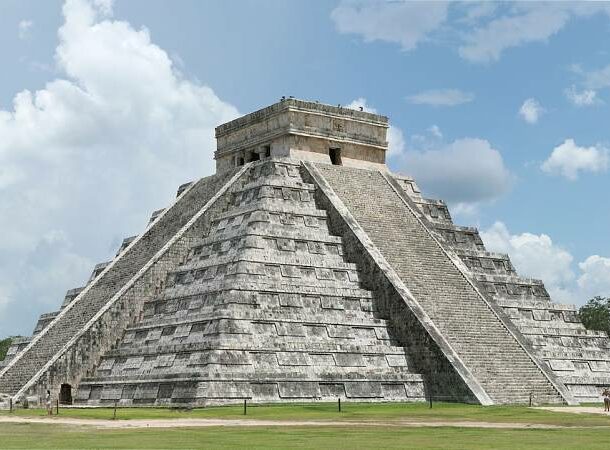
Chichén Itzá is an ancient Mayan city located in Mexico’s Yucatan peninsula, that was built between the 7th and 10th centuries CE. The city is known for its impressive architecture, including the Temple of Kukulcan, the Great Ball Court, and the Observatory, as well as its advanced astronomical and mathematical knowledge.
The city’s decline and fall are not well understood, and theories range from environmental factors to political and economic instability.
It is also believed that Chichén Itzá was a religious center, a place of pilgrimage for people from all over the Mayan world, and it is not clear how the city was governed and how the different architectural styles and religious practices coexisted. The city was also a melting pot of cultures, with influences from other Mesoamerican cultures.
The City of Petra, Jordan
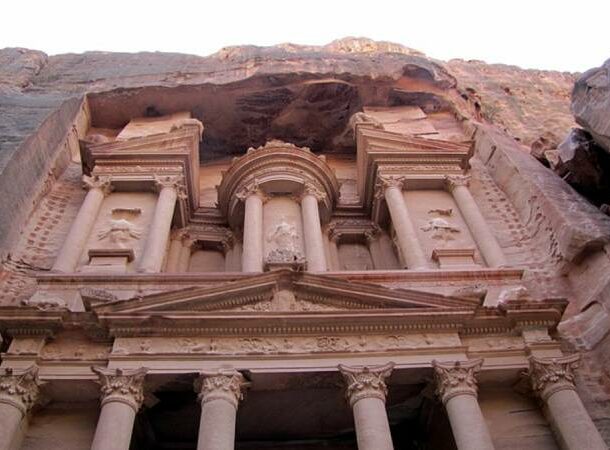
The City of Petra is an ancient city located in Jordan that was built by the Nabateans between 400 BCE and 100 CE. The city is famous for its rock-cut architecture, including the Treasury, the Monastery, and the Royal Tombs, which were carved into the sandstone cliffs.
It is also believed that the city was the center of a powerful and wealthy civilization, but it is not clear if the city was a religious or administrative center. Many of the buildings and tombs in Petra have inscriptions in the ancient Nabatean language, which has not yet been fully deciphered.
The Palace of Knossos, Crete
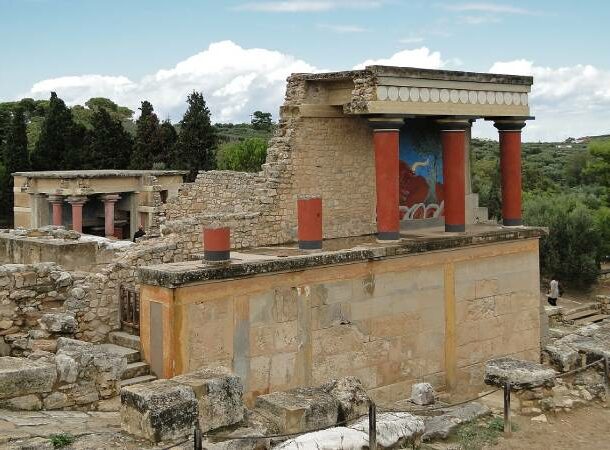
The Palace of Knossos is an ancient Minoan palace located in Crete, Greece. It was built around 2000 BCE and was the largest and most elaborate palace of the Minoan civilization. The palace is believed to have been the center of political, economic, and religious power on the island during the Bronze Age.
Because the palace was destroyed and rebuilt several times, it is difficult to determine its original layout and purpose.
The palace is believed to have been the home of the legendary King Minos, who, according to Greek mythology, had a labyrinth built to contain the monstrous Minotaur: a creature with the head and tail of a bull and the body of a man.
The Nazca Lines, Peru
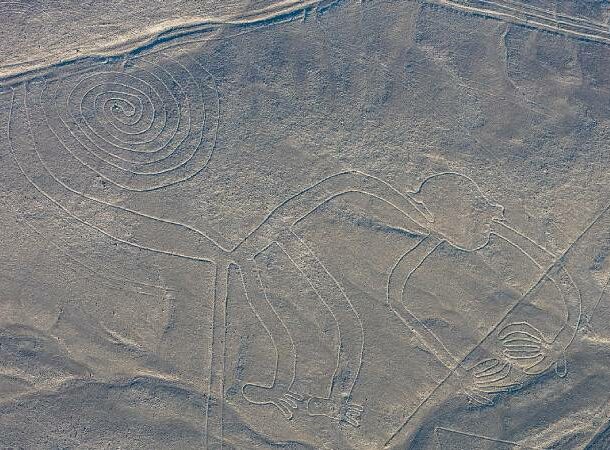
The Nazca Lines are a collection of ancient geoglyphs located in the Nazca Desert in southern Peru. They consist of hundreds of large designs depicting animals, plants, and geometric shapes that were created by the Nazca culture between 200 BCE and 600 CE.
The exact purpose of the Nazca Lines is not known, but they are believed to have been created for religious or ceremonial purposes, possibly as a form of communication with the gods.
What makes the Nazca Lines fascinating is that they are best seen from the air. It is believed that the ancient Nazca people could not have created such precise designs without aerial observation.
To this day, the Nazca lines are an enigma as they were created by a culture without a writing system, and it is not clear how the ancient Nazca people managed to create such precise designs without the use of modern technology.
The Moai of Easter Island, Chile
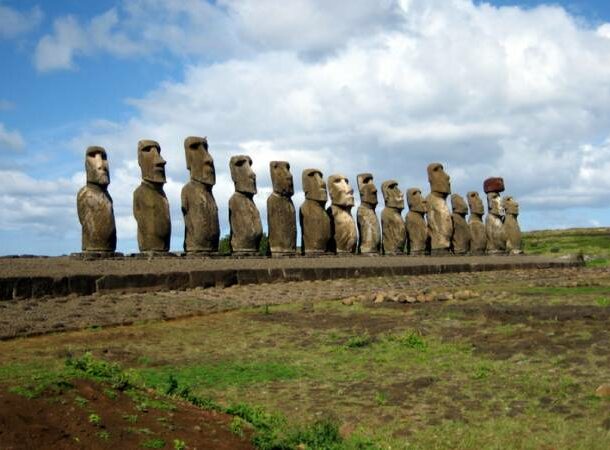
The Moai of Easter Island, located in Chile, is a collection of approximately 887 large stone statues that were carved by the Rapa Nui people between 1250 and 1500 CE. The Moai are monolithic human figures with oversized heads and elongated ears, and they stand on stone platforms called ahu.
The exact purpose of the Moai remains a mystery, but they are believed to have been created for religious or ceremonial purposes, possibly as representations of ancestors or deities.
The Terracotta Army, China
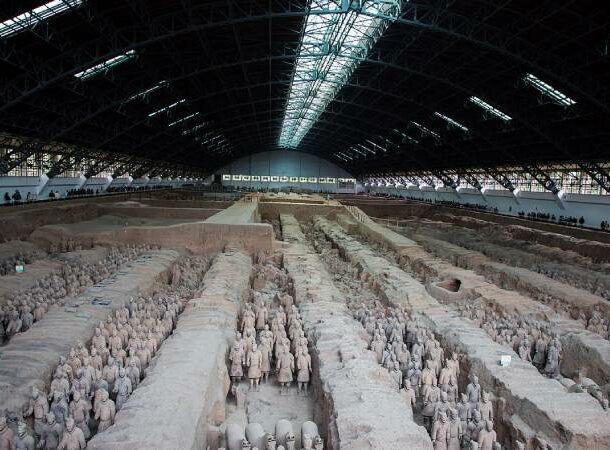
The Terracotta Army, also known as the “Terracotta Warriors and Horses,” is a collection of thousands of life-size terracotta figures that were buried with the first emperor of China, Qin Shi Huang, in 210-209 BCE. The figures, which depict soldiers, horses, and other figures, were discovered in the 1970s by farmers in the Lintong District of Xi’an, China.
There is a theory that the Terracotta Army was created to protect the emperor in the afterlife, and that the figures were intended to be a representation of his real army.
The Colosseum, Rome
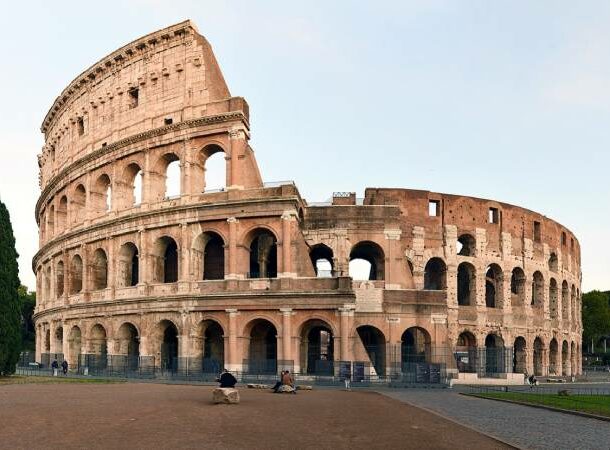
The Colosseum, also known as the Flavian Amphitheatre, was an oval-shaped arena built in Rome in the 1st century AD. It was used for a variety of public spectacles, including gladiator battles, animal hunts, mock sea battles, and public executions. The Colosseum had a complex system of underground tunnels and chambers that were used to stage these events. The underground area was called the hypogeum, which was a two-level subterranean network of corridors, staircases, and rooms, it was used to house gladiators, animals, prisoners, and other performers before they were brought up to the arena. The hypogeum also included mechanisms such as elevators, trapdoors, and pulleys that were used to create special effects during the shows.
Stonehenge, England
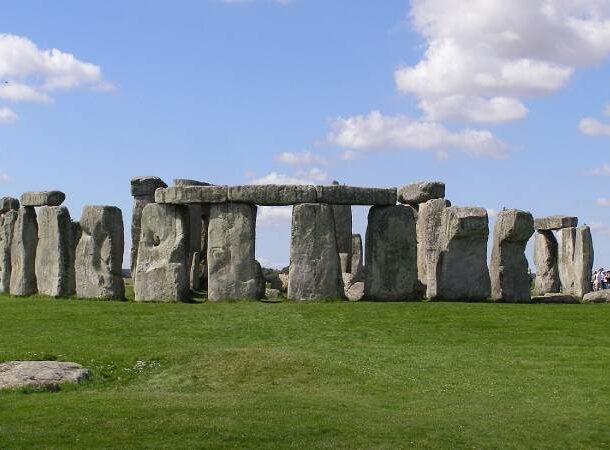
The ancient stones of Stonehenge were arranged in a specific pattern to align with the movements of the sun and moon, but the exact significance of this alignment is unknown.
The exact purpose and meaning of the stone alignment at Stonehenge is still debated by experts, but it is believed that the stones were placed in specific positions to align with the movements of the sun and moon. Some theories suggest that it was used as a place of religious or ceremonial importance, while others propose that it served as an astronomical observatory or calendar.
Machu Picchu, Peru
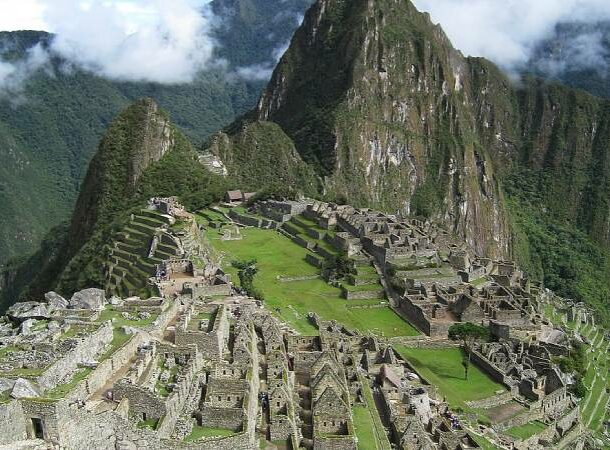
Machu Picchu is a 15th-century Inca citadel that is located in the Andes Mountains of Peru. The site’s true purpose remains a mystery, and several theories have been proposed to explain its function.
Some theories about the purpose of this citadel have been put forward: for some, Machu Picchu would’ve been a royal estate, built as a summer residence for the Inca emperor Pachacuti. This theory is supported by the presence of many luxurious buildings, plazas, and terraces.
For others, Machu Picchu would’ve been a sacred religious site, used for religious ceremonies and rituals. This theory is supported by the presence of several religious structures, including the Temple of the Sun, the Intihuatana stone, and the Temple of the Three Windows.
But some researchers believe that Machu Picchu was a defensive fortress, built to protect the Inca empire from invaders. This theory is supported by the site’s strategic location and the presence of walls and towers.
And who knows? There is even the possibility that Machu Picchu was, in fact, a combination of all the above: a royal estate, a sacred religious site, and a defensive fortress all in one.
The Great Pyramids of Giza, Egypt

Although many of the chambers and passageways have been explored and studied by scholars and researchers, this ancient funerary complex still holds many secrets.
Scholars still debate the exact years in which the pyramids were built, and little is known about how they came to be built.
The precise methods used to construct the pyramids, which were built with massive limestone blocks weighing up to 80 tons each, remain a mystery. Also, the hieroglyphs found in the pyramids are not fully translated and could potentially reveal more information about the pyramids’ purpose or the pharaohs that built them.



























